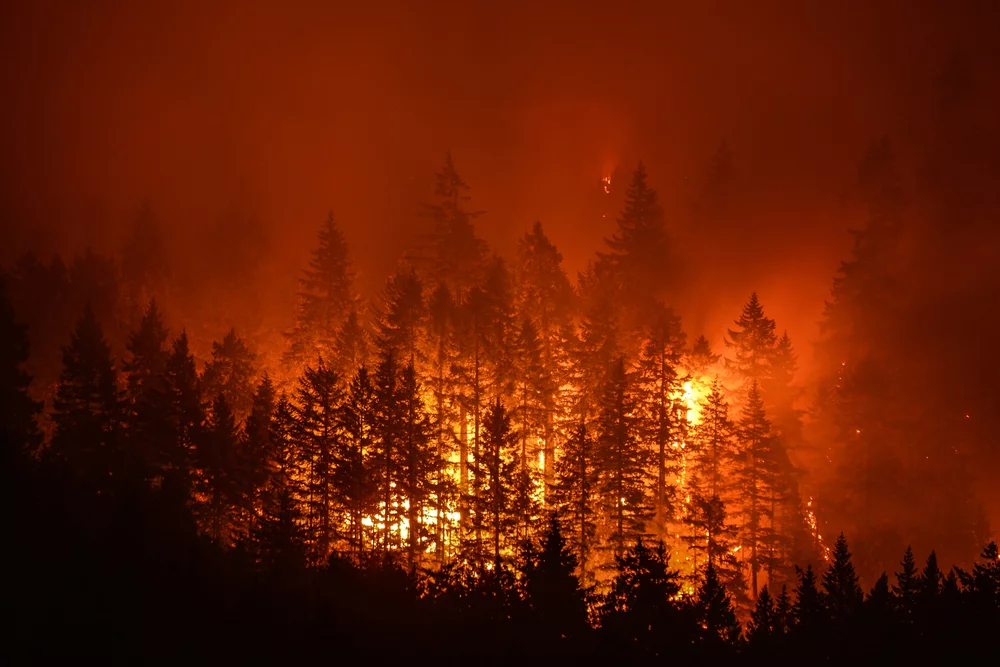Last year, the Department of Energy released a report that illustrated the need for more virtual power plant capacity for the U.S. power grid. Here, the term “virtual power plant” was meant to imply any demand flexibility initiative, including demand response and EV managed charging. The DOE report notes that the U.S. currently has around 30-60 GW of virtual power plant capacity, but will need between 80-160 GW by 2030 to safely and reliably continue to meet public demand. In addition to the reliability that this provides to grid operators, demand flexibility initiatives like virtual power plants can radically reduce carbon emissions by shifting demand to renewable resources. For this World Environment Day, we celebrate the potential that demand flexibility provides energy providers while helping our institutions and communities meet global decarbonization efforts.
A Brief History of World Environment Day
World Environment Day began in 1972, following the United Nations Conference on the Human Environment in Stockholm. It’s celebrated annually on June 5th to raise awareness and encourage action for environmental protection. Each year has a different theme, with activities ranging from tree planting to clean-up campaigns, aiming to foster global consciousness and action towards a sustainable future. This day serves as a reminder of the relationship between environmental issues and the urgent need to take action to protect the planet for generations to come.
What is Demand Flexibility?
As you likely know, any load-shifting action that reshapes the load curve to preserve energy can be referred to as demand flexibility. Through the use of distributed energy resource management systems (DERMS), demand flexibility is any number of different load management strategies controlled in aggregate to balance the grid through net conservation tactics. Demand flexibility programs include:
The continued advancement and adoption of distributed energy resource (DER) technologies like solar, battery storage, electric vehicles and EVSE, and smart home devices like thermostats and water heaters remain essential in realizing demand flexibility’s full potential. Technologies such as smart meters, home automation systems, and behind-the-meter devices allow for real-time monitoring of energy consumption and seamless communication between consumers and the grid, granting utilities the opportunity to control load in aggregate. So how can your demand flexibility initiatives thrive? We have some ideas!
Tip #1: Have a Go To Market Plan
To maximize success, utilities should have a go-to-market plan. This plan should highlight how the utility will introduce its services to the market, the target audience they are appealing to, the program they are running, and the incentives involved/how it would benefit. By following a comprehensive go to market plan, a utility company can effectively launch its products and services, attract new customers, and achieve sustainable growth in a competitive market landscape.
Any demand flexibility is only as effective with enough customers, and customers want transparency and good communication from their utilities. Fortunately, with the right customer engagement tools, utility program managers and grid operators can automate their program messaging and communication, staying in touch with customers about upcoming events, without overwhelming any team member.
Tip #2: Maximize Your Demand Flexibility Strategies With Topline Demand Control
Demand flexibility programs have long proven appealing to utilities, albeit unreliable due to the intermittent nature of distributed energy resources (DERs). While demand flexibility programs are valuable to utilities by deferring high peak energy costs while increasing energy security, the intermittency of DERs has proven a strategic liability for grid operators who need assurance that they will get the demand they need reliably… until now. Simply put, topline demand control makes demand as controllable as a gas turbine generator.
Through the novel combination of real-time control, AI, and model predictive control optimization, topline demand control provides utilities with the opportunity to plan and coordinate the output of DERs to achieve consistent, reliable control of energy output. Topline demand control takes the guesswork out of demand control. Through this strategy, program managers and operators can now precisely describe how much load should be dispatched at each point in the planning window, allowing them to reliably design the desired aggregate load shape.
Tip #3: Plan Events Ahead
Load forecasting is a powerful tool for enhancing the outcomes of utility demand flexibility strategies. As you may guess, load forecasting is the process of predicting the future electricity demand, typically over short, medium, or long-term time horizons. Forecasting strategies are invaluable for utilities, grid operators, and energy market participants alike, by providing them with the information that they need to plan for potential needs in advance. Load forecasting helps utilities optimize resource allocation, ensure grid stability, plan future demand events, manage energy generation, and ultimately, reduce costs for both utilities and consumers.
Tip #4: Advanced Grouping Is Your Friend
Advanced grouping tools, when used effectively, are an effective way to navigate an increasingly complicated grid. Through advanced grouping and localized dispatch functionality, utilities can group demand events by time, location, device type, and more, providing an opportunity for utilities to address tricky bottlenecks while contributing value that can move upstream from subordinate to parent utility. Through advanced grouping, utilities can leverage any spectrum of DERs and customer parameters to meet the endlessly evolving needs of your service area.
World Environment Day Demand Flexibility Tips Conclusion
As implied above, the world’s electricity grid capacity isn’t keeping up with the explosive growth of clean energy technologies and electrification efforts. In fact, upgrading just the U.S. electric grid will cost $2.5 trillion by the year 2035, a figure that will continue to balloon the longer it takes. Fortunately, utilities can defer these costly upgrades through demand flexibility strategies. Did we miss a tip? Let us know on one of our social media channels!






